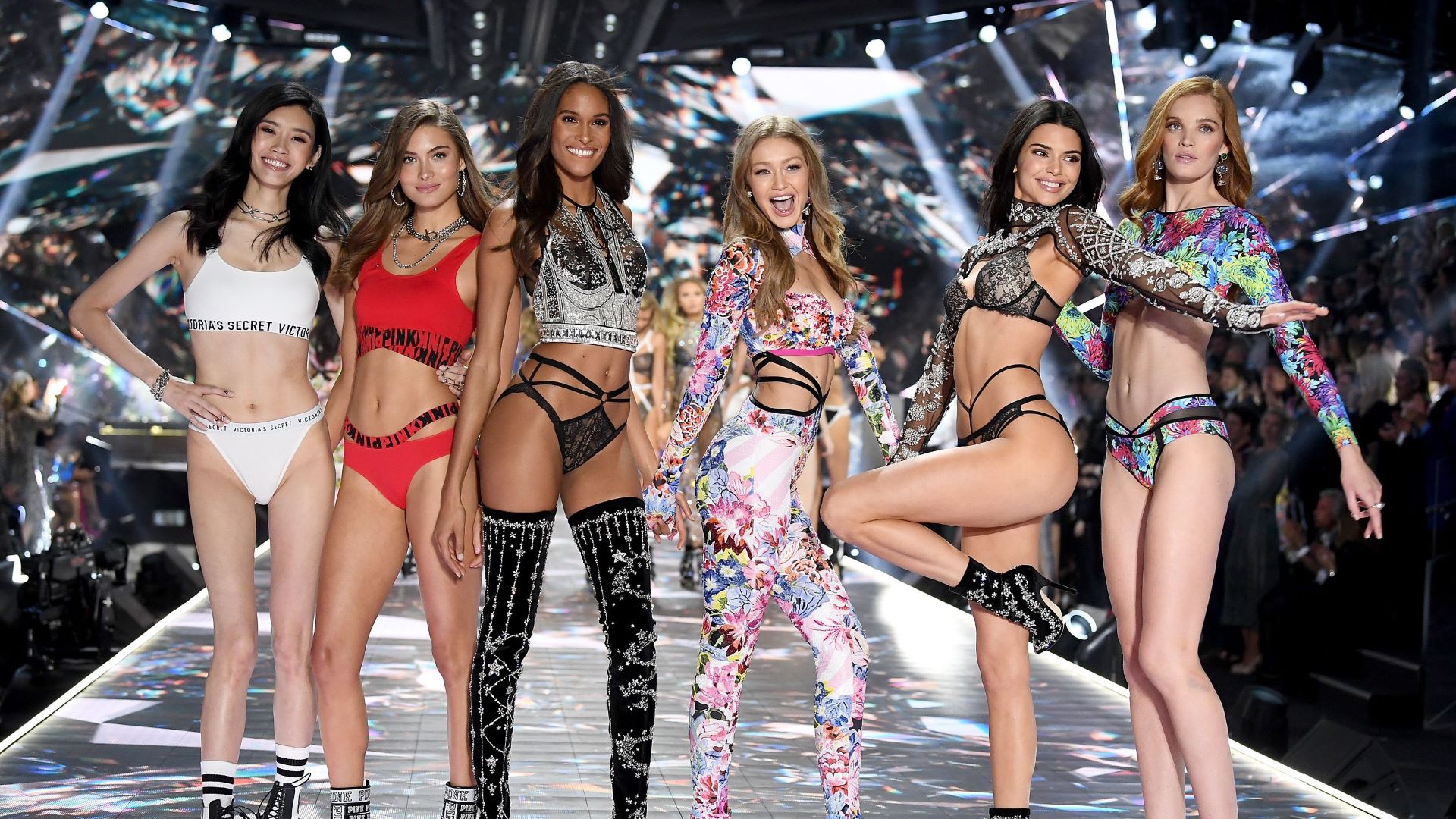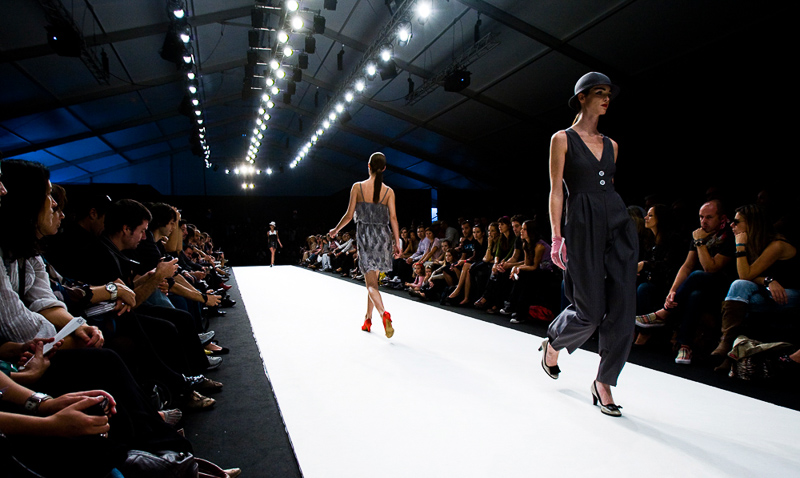Victoria’s Secret Fashion Show: Where Beauty Meets the Runway by Yen Sze Chong
For nearly two decades, the Victoria’s Secret Fashion Show reigned as one of the most anticipated and extravagant fashion events in the industry.
Showcasing an enchanting fusion of fashion, music, and entertainment, this annual extravaganza celebrated the allure of lingerie and transformed models into ethereal angels on the runway.
In this article, we delve into the captivating world of the Victoria’s Secret Fashion Show, exploring its significance, iconic moments, and the impact it had on the modeling industry.
A Global Phenomenon
The Victoria’s Secret Fashion Show began in 1995 and quickly gained global recognition, captivating audiences around the world. Known for its opulence and spectacle, the show featured renowned supermodels and celebrities, while also providing a platform for emerging talent. It became an annual event that celebrated beauty, glamour, and the art of seduction.
Angels and Wings
One of the defining elements of the Victoria’s Secret Fashion Show was the concept of “Angels” and their majestic wings. These ethereal beings embodied the brand’s image, representing the epitome of beauty and allure. Each year, selected models were given the honor of becoming Victoria’s Secret Angels, adorning their bodies with intricate wings that ranged from angelic feathers to avant-garde creations. These wings became iconic symbols of the show, adding an element of fantasy and enchantment to the runway.
Extravagant Themes and Collaborations
Victoria’s Secret spared no expense in creating a grandiose experience for its audience. The show incorporated elaborate themes that transformed the runway into a whimsical wonderland. From “Fairy Tale” to “Circus,” “Angels in Bloom” to “Punk Rock,” each show was a visual feast, with intricate stage designs, breathtaking sets, and meticulously curated collections that embraced both fantasy and high fashion. The event also attracted renowned musical artists who performed alongside the models, adding an additional layer of entertainment and excitement.
Empowering the Models
The Victoria’s Secret Fashion Show not only showcased lingerie but also empowered the models who walked the runway. These women were revered for their confidence, strength, and unique beauty. The show offered a platform for both established and aspiring models to make a name for themselves in the fashion industry. It launched careers and propelled models into international stardom, allowing them to transcend traditional beauty standards and redefine the concept of sensuality.
Controversies and Evolution
While the Victoria’s Secret Fashion Show reached the peak of its popularity, it also faced criticism and controversies. Critiques of the show focused on its limited representation of diverse body types and the perpetuation of unrealistic beauty standards. In response, the brand made efforts to evolve, embracing inclusivity and body positivity. In 2019, it announced a commitment to greater diversity and canceled its annual televised show to explore new ways to engage with its audience.
Legacy and Impact
The Victoria’s Secret Fashion Show left an indelible mark on the modeling industry and popular culture. It redefined the concept of a fashion show, elevating it to an extraordinary entertainment spectacle. The show inspired countless individuals, showcasing the artistry, dedication, and talent involved in creating a visually stunning runway experience. It also shaped the careers of numerous supermodels, propelling them to global fame and opening doors for future opportunities.
The Victoria’s Secret Fashion Show was an iconic event that blended fashion, music, and entertainment into an unparalleled extravaganza. It captivated audiences worldwide, celebrating the beauty and allure of lingerie while showcasing the talent of models on a grand stage. Although the show faced criticism and ultimately came to an end, its legacy continues to influence the fashion industry, inspiring creativity, and fostering discussions about representation and inclusivity. The Victoria’s Secret Fashion Show will forever remain a testament to the power of beauty, glamour, and the transformative nature of the runway.

